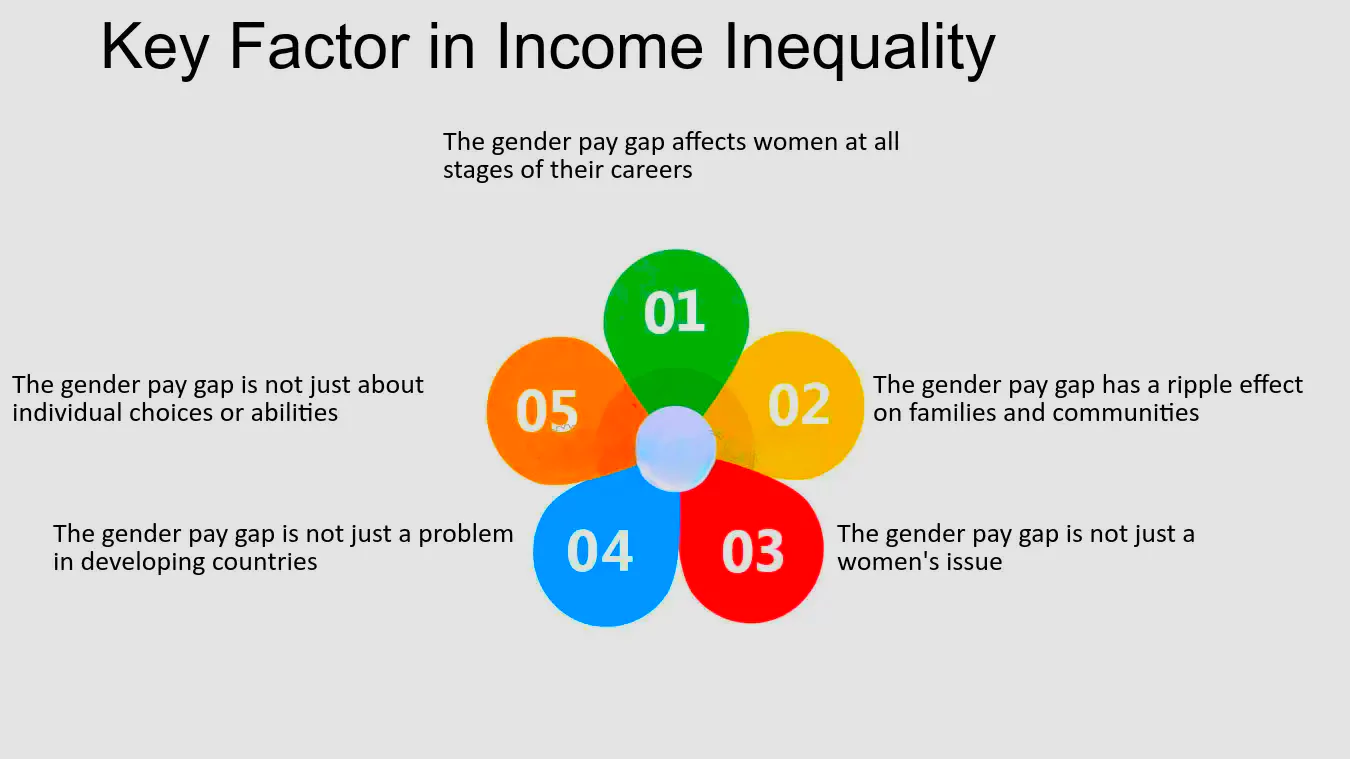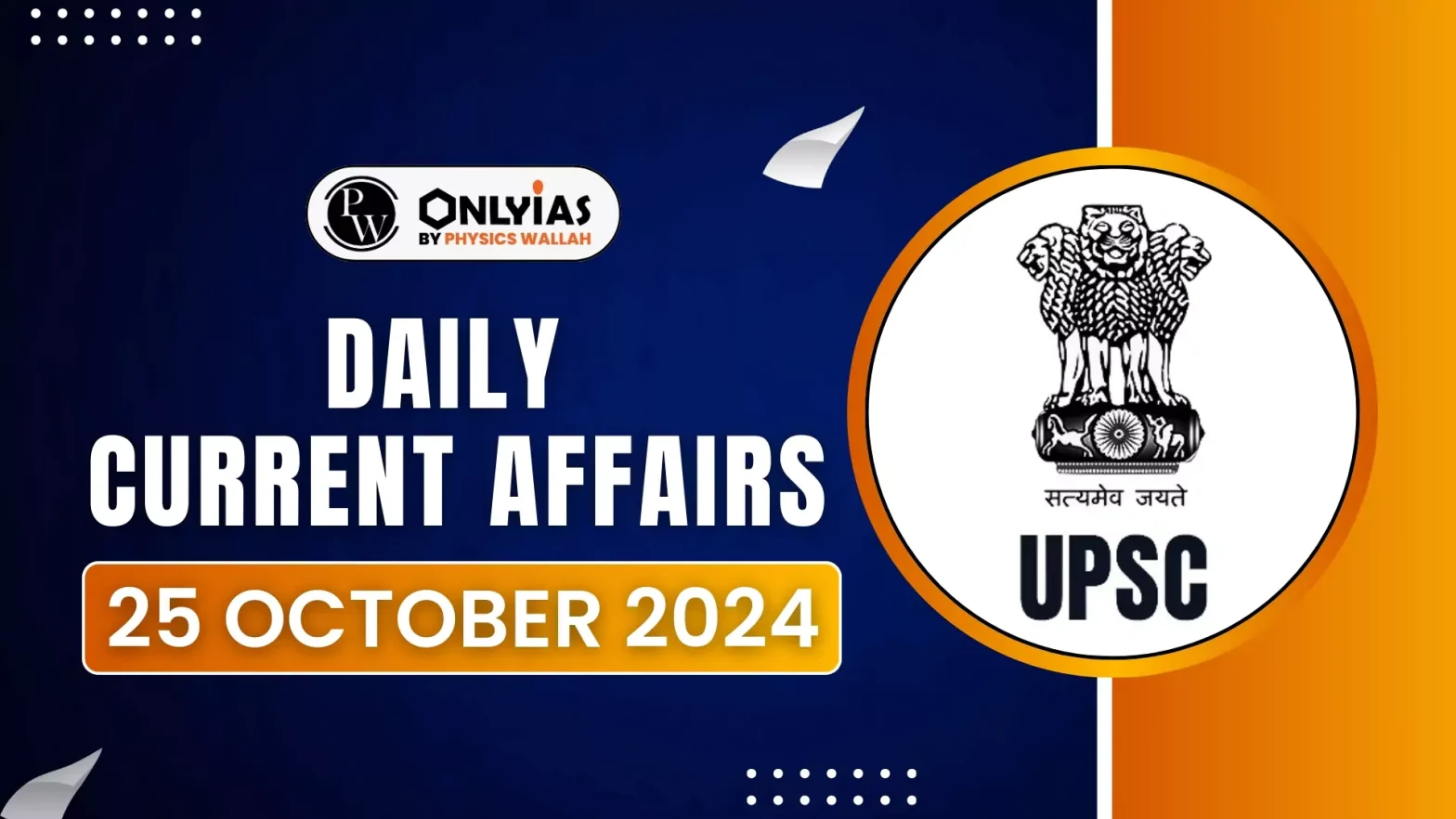Recently, a report by Oxfam and Development Finance International was released.
- A recent survey reveals that 90% of countries have backtracked on their commitments to reduce inequality.
- The report, which assessed 164 countries, highlights significant cuts in education, health, and social protection, as well as weakened tax systems and labour rights.
What is Economic Inequality?
- Definition: Economic inequality is the uneven sharing of wealth, income, and resources, causing differences in quality of life and opportunities.
- Types: Inequality can show up in areas like income, wealth, education, healthcare, and job access.
Enroll now for UPSC Online Classes
Causes of Economic Inequality
- Income Gaps: Differences in wages and job opportunities create a divide, allowing high earners to grow wealth faster.
- Wealth Concentration: Wealthy people often invest in assets (like property or stocks), increasing their wealth over time.
Oxfam
- It is a non-governmental organisation (NGO).
- Founded: 1942
- Known for: Recognised for research and reports on inequality, economic injustice, and human rights issues.
Development Finance International
- It is an international advisory organisation.
- It works to support the development of finance strategies particularly for low – middle income countries.
- Founded: 2002
- DFI advises the government on sustainable development financing, tax policies, and poverty-reduction strategies.
|
- Limited Education and Healthcare Access: Lack of access to quality education and healthcare traps individuals in poverty.
- Policy Choices: Policies favouring business owners over workers or cutting social programs can worsen inequality.
Effects of Economic Inequality
- Social Unrest: The gap between rich and poor can lead to social tension and feelings of unfairness.
- Slowed Economic Growth: High inequality reduces spending and productivity, slowing growth.
- Health Issues: Low-income groups often have poorer health due to limited access to healthcare and nutritious food.
- Political Influence: Wealth can lead to political power, shaping policies to favour the wealthy and worsening inequality.
 Income and Wealth Distribution Insights in India
Income and Wealth Distribution Insights in India-
- Top 1% Control: The wealthiest 1% in India now hold 22.6% of the national income and 40.1% of national wealth, according to combined data from income accounts, wealth surveys, and tax records.
- Rising Wealth Concentration Since 1991: From 1991 to 2022, India’s billionaire wealth surged from under 1% to 25% of the nation’s net income.
- Historical Context: Income inequality in India is now worse than during British colonial rule
- Global Comparison: India ranks as one of the most unequal countries globally, with millionaires controlling 54% of its wealth.
- Gender Disparity: Female labour income share is significantly lower than the average in Asia
Measures Undertaken to Reduce Economic Inequality
- Promotion of Inclusive Growth
- Mahatma Gandhi National Rural Employment Guarantee Act (MGNREGA); This initiative provides guaranteed employment and supports income stability in rural areas.
- Skill Development: Various government initiatives such as Skill India and Pradhan Mantri Kaushal Vikas Yojana (PMKVY) help youth in sharpening their skills.
- Advancement of financial Inclusion
- Pradhan Mantri Jan Dhan Yojana (PMJDY); This initiative provides bank accounts to unbanked individuals which promotes saving and access to financial services.
- Microfinance and Self-Help Groups (SHGs): This group encourages credit access among rural people and promotes entrepreneurship and economic mobility.
- Supporting Gender Equality
- Beti Bachao Beti Padhao Scheme: This scheme aims to improve status of girls through promotion of education, addressing issues of female infanticide, and encouragement of gender equality in education and employment.
Key Findings from Oxfam and DFI Report (2024)
- Assessment of 164 Countries: Report evaluates global efforts in reducing inequality.
- Three Pillars of Assessment:
- Education, health, and social protection
- Progressive taxation
- Labour rights and wages
- Widespread Backsliding on Commitments
- Nine out of Ten Countries: Majority of countries are reversing progress on inequality reduction.
- First Major Decline Since 2017: Countries have regressed across all three areas since the Commitment to Reducing Inequality (CRI) Index started.
- Major Cuts and Weakening of Systems
- Education, Health, and Social Protection: 84% of countries have reduced spending in these areas.
- Tax Systems: 81% of countries have weakened their tax systems’ ability to reduce inequality.
- Labor Rights: In 90% of countries, labour rights and minimum wages have worsened.
Check Out UPSC NCERT Textbooks From PW Store
- Top Performers
- High-Income Countries:
- Top countries include Norway, Canada, Australia, Germany, and Finland.
- These countries have lower wage inequality, high social spending, and higher tax revenue.
- Despite high performance, 5% of their populations face catastrophic healthcare costs.
- Best-Performing Low- and Middle-Income Countries:
- Belarus, Costa Rica, South Africa: These nations have higher social spending and tax collection but lag in other indicators.
- Worst Performers
- Low- and Lower-Middle Income Countries:
- Countries like South Sudan, Nigeria, Zimbabwe, Haiti, and Vanuatu rank the lowest.
- Low tax revenues result in poor service coverage and high inequality.
- Regressive tax systems (VAT) place the most burden on the poorest.
- 80% of people in these countries are in vulnerable jobs without labor rights.
- Debt, Conflict, and Climate Shocks
- Debt Crisis: On average, 48% of budgets in low-income countries are spent on debt service, limiting investment in essential services.
- Access to Essential Services
- Universal Health Coverage: Only 65% of the global population has access to healthcare, showing minimal improvement from 2022.
- SDG Targets: With six years remaining until the 2030 deadline for the UN’s Sustainable Development Goals (SDGs), access to education, healthcare, and social protection remains stagnant.
Ways to Reduce Economic Inequality
- Progressive Taxes: Higher taxes on the wealthy can redistribute wealth to support public services.
- Investing in Education and Healthcare: Expanding these services boosts opportunities and mobility.
- Fair Labor Rights and Wages: Strengthening labour laws and fair wages improves conditions for lower-income workers.
- Inclusive Economic Policies: Supporting small businesses, creating jobs, and affordable housing can close the wealth gap.
![]() 25 Oct 2024
25 Oct 2024

 Income and Wealth Distribution Insights in India
Income and Wealth Distribution Insights in India